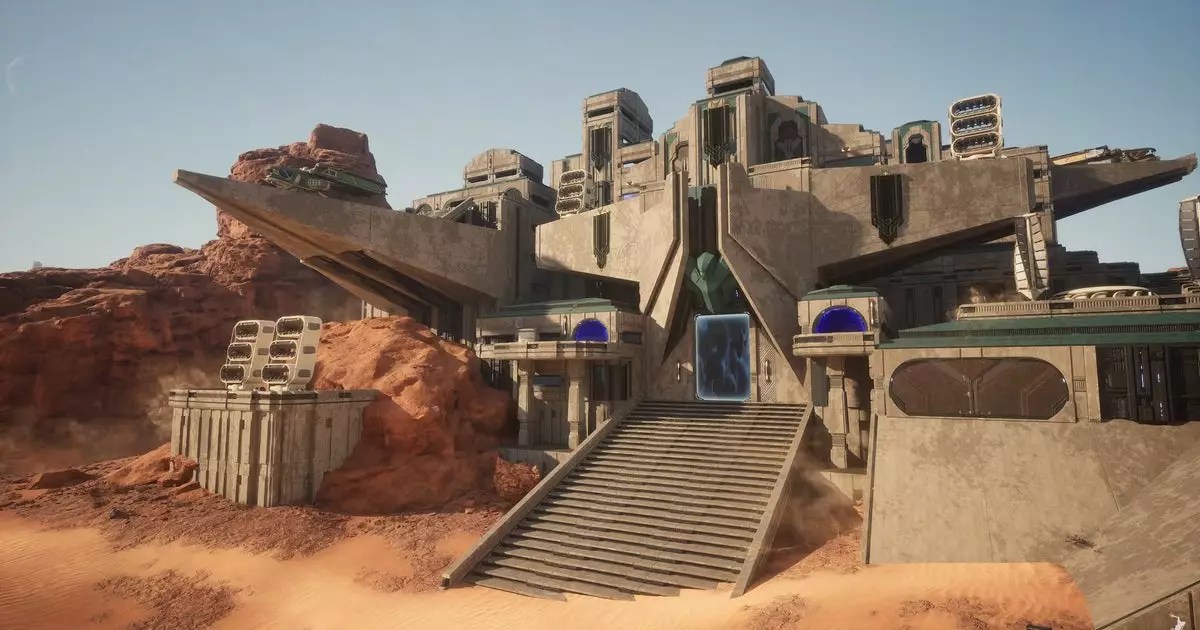Dune: Awakening invites players into the unforgiving world of Arrakis, where the desert sands are not just a backdrop but an integral part of the game’s identity. The iconic phrase “I don’t like sand” resonates with many due to its coarse and annoying nature, but in Arrakis, it becomes a formidable adversary; a sandstorm can swiftly turn perilous, even fatal. This reality not only adds to the atmospheric depth but also challenges players in ways few other games can match. It’s a reminder that survival in such a harsh climate requires ingenuity and adaptability.
The Power of Building and Customization
One of the game’s most enticing features is the base-building mechanic, which transforms the player’s engagement with the environment. Initially, a player might find themselves in a basic setup, struggling to provide shelter for essential items like their bike against the relentless storms. However, as players invest time and resources, they can erect complex and fortified structures that become vital sanctuaries amidst chaos. This element not only fosters a sense of personal achievement but also encourages communal interactions among players.
The option to align with either the Atreides or Harkonnen houses adds layers of strategic depth. Each choice comes with unique construction possibilities, influencing gameplay and aesthetic decisions. The notion of building structures based on a faction creates a rich tapestry of tactical diversity that’s both appealing and engaging.
Crafting Vehicles for Exploration
In a game that emphasizes survival and exploration, the ability to craft vehicles plays a crucial role. The prospect of assembling one’s means of transportation in a manner reminiscent of childhood Lego play is both nostalgic and exhilarating. In contrast to many other games, where vehicle customization can feel convoluted and overwhelming, Dune: Awakening promises an accessible and engaging crafting experience. Players can look forward to creating unique vehicles tailored to their adventuring needs in the vast and treacherous dunes.
Moreover, the mechanics allow for shields to protect bases, posing a significant strategic decision: investing resources for defensive capabilities versus other potential enhancements. This layer of resource management ensures that every choice has weight, further enhancing the immersive experience of survival.
Blueprints and Community Engagement
One of the standout innovations is the ability to turn builds into blueprints that can be shared or sold to other players. This feature not only fosters a sense of community but also encourages creativity and collaboration. Players can showcase their ingenuity, and the social aspect invokes a feeling of shared adventure that is often missing in single-player experiences. The resemblance to Zelda: Tears of the Kingdom’s Autobuild feature brings an exciting twist as players can disseminate their creations and instantly recreate them, provided they have the necessary resources.
That said, there’s a unique thrill in the shared creativity and mutual respect that develops when players engage with one another’s designs. This fosters a vibrant in-game community where players can celebrate one another’s innovations while navigating the harsh realities of Arrakis together.
A Delay Worth Anticipating
While it’s disappointing to learn about the recent delay of Dune: Awakening, pushing the release to June 10th, it comes with the silver lining that the extra time may refine and enhance the gaming experience. The anticipation grows stronger, as players prepare to dive into a world of creativity and strategic survival amid the shifting sands of Arrakis. Waiting an additional few weeks may ultimately lead to a richer, more polished experience that does justice to Frank Herbert’s legendary universe.


Leave a Reply